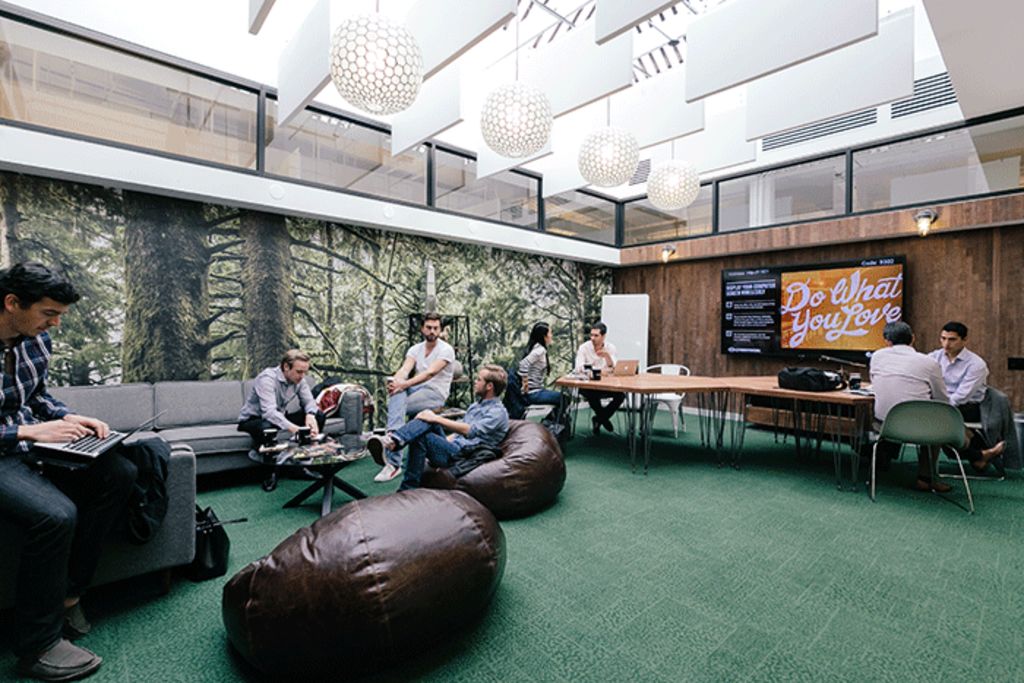
The rise of co-working - pros and cons for your business
With its origins in California’s Silicon Valley, co-working began as a way to provide space for like-minded developers, designers and thinkers to collaborate together free from the formal shackles of the traditional workplace.
Now, co-working has moved well beyond the corporate world to become a stimulating, cost-effective option for entrepreneurs, startups and microbusinesses that would otherwise work from home.
In 2013, research conducted by Deskmag reported that the number of co-working spaces in Australia had grown by a staggering 555 per cent in the previous two years.
Dedicated co-working spaces have been popping up in our major capital cities with different models of membership and leasing arrangements for their co-working tenants. It is now estimated that there are more than 150 dedicated work-share locations nationwide.
 One of WeWork’s co-working spaces in New York City. Photo: WeWork
One of WeWork’s co-working spaces in New York City. Photo: WeWork
Co-working is particularly suited to the collaborative phases of company startups. A report released by Startup Genome ranked Sydney and Melbourne as 12th and 18th, respectively, on the world’s top startup ecosystems list.
State and local government funding has played a supportive role in helping foster community-based co-working environments, such as Hub Australia, in which startups thrive. According to Hub Australia, 83 per cent of its members find their work is more effective and efficient in Hub’s co-working spaces.
Although co-working has predominantly found its market among creative types, corporate workers such as lawyers and consultants have also adopted the co-working trend.
For companies that lease commercial properties but find they have more space than they need, why not consider creating a co-working space?
Benefits of co-working
- Work-share facilities can create a great centre for innovation. Sharing ideas and working with like-minded people can all be part of the co-working environment.
- Access to facilities such as meeting spaces, printers and photocopiers are often built into the daily, weekly or annual rent or membership.
- Many co-working spaces offer membership models (rather than leasing agreements) to suit different needs and budgets. Options generally start at around $300 for a casual membership on a ‘community’ desk (up to nine days a month) to around $700 for a private desk with lockable storage, 24/7 access and internet.
Potential downsides to co-working
- Remaining focused and productive may require more effort in a co-working environment. Without a private area, background noise, distractions from other workers and the temptation to hang out at the coffee machine may prove challenging for some who are less disciplined.
- For those businesses that require stringent privacy and security measures, co-working could open up the business to too many potential security risks.
There is no doubt the demand for shared working environments is on the rise, creating opportunities for commercial landlords to rethink traditional leasing arrangements. Instead, why not explore the co-working membership model as a way of generating income while supporting Australians who are committed to building a hub of creativity and innovation?
Discover how you could explore this new trend in your next commercial property with CommercialRealEstate.










